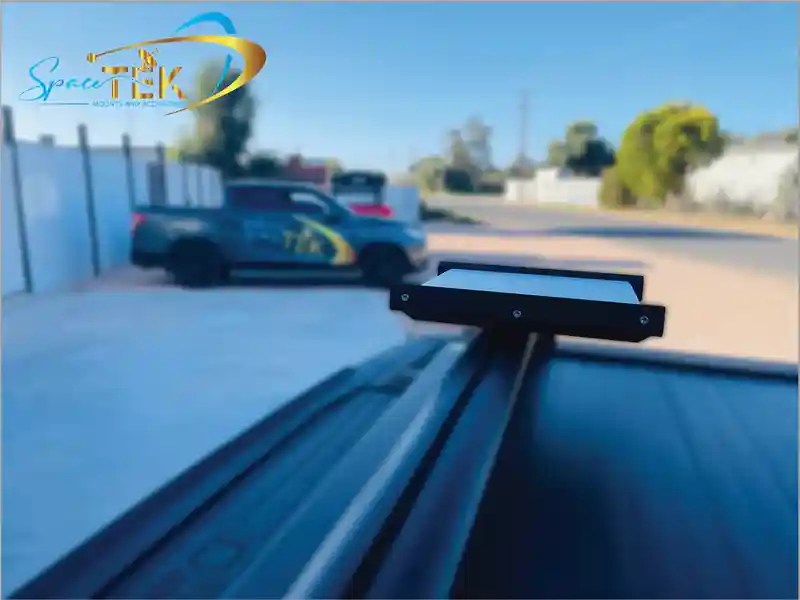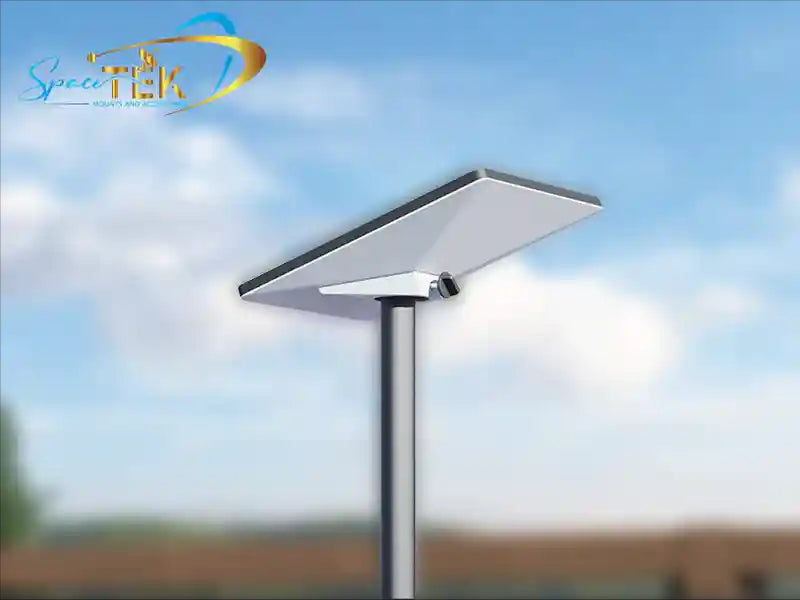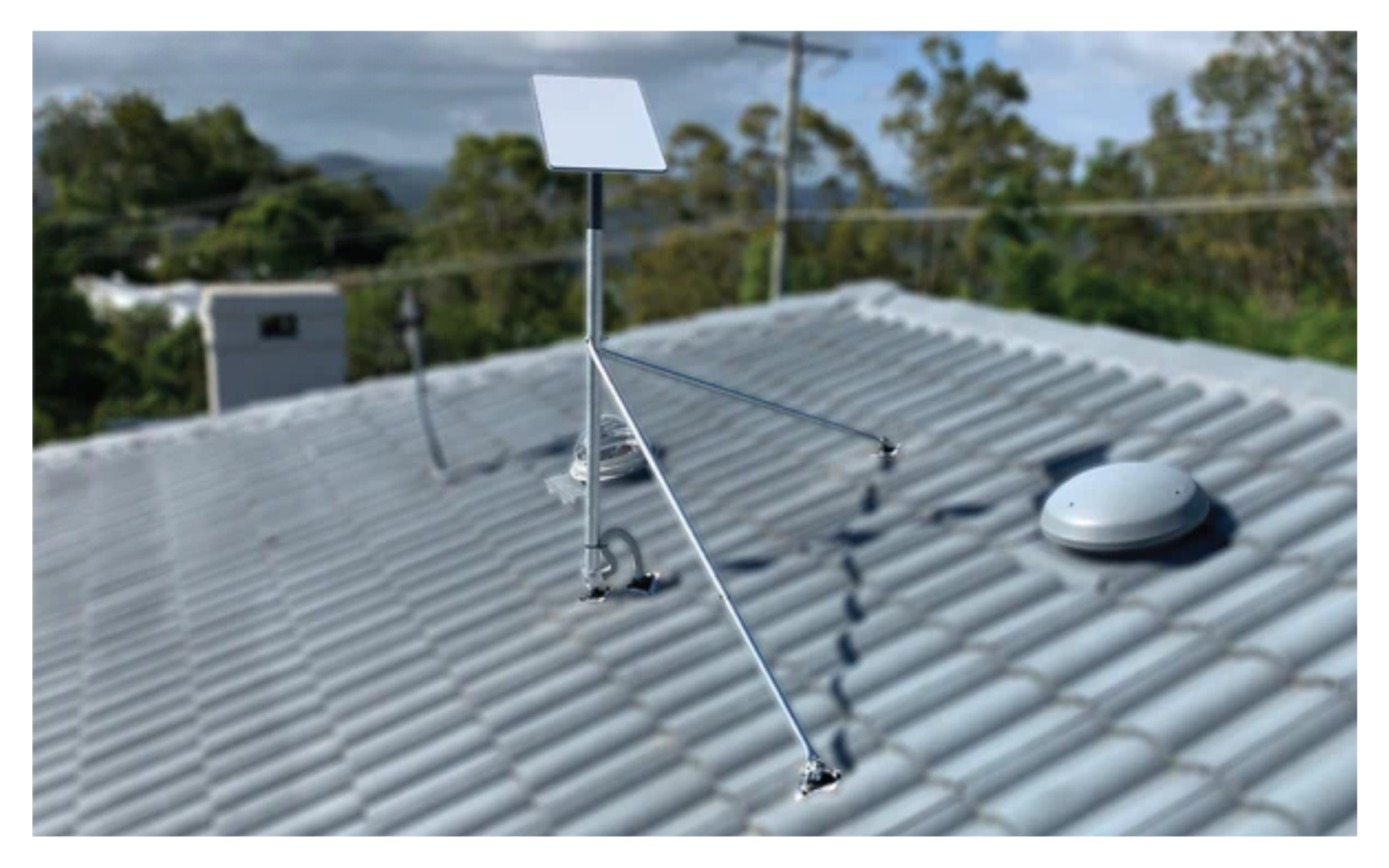The Mobile Internet Dilemma: When Does a Mount Make Sense?
Needing a Mobility Mount for Starlink depends entirely on how you plan to use your satellite internet system.
Quick Answer:
- Yes, if you travel frequently – RVers, grey nomads, and mobile workers benefit from secure, highway-speed stability.
- Yes, if you're in harsh conditions – Remote Australian environments demand weather-resistant, vibration-dampening hardware.
- Maybe not if you're stationary – Permanent home installations can use standard fixed mounts.
- Yes for quick setup/removal – Theft prevention and flexible positioning require purpose-built mobility solutions.
Starlink has transformed connectivity for Australians on the move, bringing high-speed internet from the outback to coastal caravan parks. But this promise relies on your dish staying securely mounted and operational through highway speeds, corrugated roads, and extreme weather.
The standard kickstand supplied with your Starlink dish is fine for stationary use on flat ground, but it’s not designed for the realities of travel. The vibrations of a moving vehicle, wind loads at 100 km/h, and the thermal stress of an Australian summer can cause a poorly secured dish to shift, lose signal, or become a safety hazard.
This is where mobility mounts are essential. These purpose-built systems are engineered for the unique challenges of mobile connectivity, clamping securely to roof racks and resisting corrosion to ensure your dish performs reliably wherever you park up.
I'm Aaron Wroblewski, founder of SpaceTek Australia. With over 25 years in satellite communications, I've seen what works and what doesn't. This guide will help you determine if a mobility mount is the right choice for your specific needs.
A Deep Dive to Mobility Mounts
If you plan to use your Starlink system while travelling, the answer is almost always yes. A purpose-built mobility mount isn't just an accessory—it's the foundation of reliable connectivity on the road.
The Critical Role of Stability and Security
On an Australian road trip, your Starlink dish faces turbulent air from passing road trains, strong crosswinds, and constant vibration. Without a secure mount, these forces lead to dropped calls, lost connections, and serious safety risks.
Proper engineering is the solution. Our mounts use aircraft-grade aluminium for its high strength-to-weight ratio, finished with a specialised anti-corrosion coating to withstand salt spray, UV radiation, and extreme heat. Every fastener is stainless steel, because rust isn't an option for reliable connectivity. Users have reported driving over 2,000 miles at speeds up to 145 km/h with rock-solid stability.
Inadequate mounts lead to signal drops, equipment damage from wind load, and a shortened lifespan for your expensive Starlink system. For critical applications, even 3M's own technical data recommends mechanical fasteners over adhesive-only solutions. A purpose-built mount is a small investment to protect a significant one. For more details, see our guide on Starlink RV Mounting Kit Essentials: Secure Your Internet on Wheels.
Gen 3 vs. Previous Generations: Why the Mount Design Changed
The Gen 3 Starlink dish is a leap forward, replacing the motorised Gen 2 system with advanced phased-array technology. Instead of physically moving, it steers its beam electronically, resulting in a lighter, simpler, and more robust design ideal for mobile use. Its fixed 9° tilt and wide 110° field of view provide excellent satellite visibility with no moving parts to fail on corrugated roads.
While the Gen 3 is a popular choice, the motorised Gen 2 dish is still widely used and requires a mount that can protect its mechanics from vibration. SpaceTek offers engineered solutions for Gen 2, Gen 3, and the new Starlink Mini, ensuring reliability across all hardware generations. For a deep dive on the Gen 3, see our Starlink Gen 3 V4 Standard Mobility Mount: Features, Benefits, Setup Guide.
Compatibility and Installation: What You Need to Know
Our mounts are designed for compatibility with Australia's most common roof racks: aero-style bars up to 95mm wide and 15-44.5mm thick. They are not suitable for round profile bars, which lack a secure clamping surface.
Installation is straightforward and requires no drilling. After checking for obstructions with the Starlink app, simply remove the dish's kickstand, position the mount on your roof rack with the arrow facing forward, and hand-tighten the thumb screws.
The quick-release design is a key feature, allowing you to remove the entire dish and mount in seconds. This is perfect for theft prevention, navigating low-clearance areas, or repositioning the dish at a campsite to avoid trees. For a visual walkthrough, see our guide on Hit the Road with Starlink: Unboxing and Installing Your Standard Mobility Mount.
Do you really need a mobility mount for Starlink to get the best performance?
With a mobility mount, your vehicle becomes a true mobile office. The standard Gen 3 dish is FCC approved for in-motion use, and users report stable connections for video calls and remote work while travelling. Stationary download speeds often exceed 50+ Mbps.
Your service plan is key. The Mobile Regional plan is great for stationary use, but for reliable connectivity above 16 km/h, you'll need a Mobile Priority Data plan. To manage data, save heavy downloads for when you're parked and use the in-motion connection for essential tasks. Learn more in our guide to Choosing Your Starlink Vehicle Mount.
Simple maintenance ensures longevity. Before driving, give the thumb screws a quick check. Periodically inspect for corrosion, especially on coastal trips, and ensure cables are secure and free from wear. Keeping the dish surface clean and firmware updated will guarantee optimal performance.
Find the Right Mount for Your Australian Adventure
Do you really need a mobility mount for Starlink in the outback?

In remote Australia, a mobility mount is not a luxury; it's essential. For station owners, it means managing business operations from anywhere on the property. For grey nomads, it's the key to staying connected and safe on long journeys. For emergency services and remote communities, it provides a critical communication lifeline where other networks fail.
Australia's environment is brutal on equipment. Scorching heat, pervasive dust, bone-jarring corrugated roads, and coastal salt spray will quickly destroy inferior gear. This is why a purpose-built mount, engineered with aircraft-grade aluminium and anti-corrosion coatings, is a sensible investment to protect your Starlink system. Don't risk equipment failure when you need it most. For more tips, see our guide on the Best Starlink Accessories for RVs and Travel.
Your Next Steps to Uninterrupted Connectivity
If your adventures, work, or lifestyle take you on the road, the answer is a resounding yes. A purpose-built mount is the difference between frustrating dropouts and seamless, reliable connectivity.
Our mobility mounts for Starlink Gen 2, Gen 3, and the new Starlink Mini are designed, tested, and proven in genuine Australian conditions. We use aircraft-grade aluminium and stainless steel to handle our climate extremes, engineer for stability at highway speeds, and design for quick, secure installation. This isn't equipment designed in an overseas office; it's built by experts who understand the challenges of Australian travel.
We invite you to explore our complete range of Starlink mounting kits to find the perfect solution for your vehicle. If you have any questions about compatibility or installation, please get in touch with our team for personalised advice. We're here to help you stay connected, wherever your adventure takes you.



Leave a comment
This site is protected by hCaptcha and the hCaptcha Privacy Policy and Terms of Service apply.